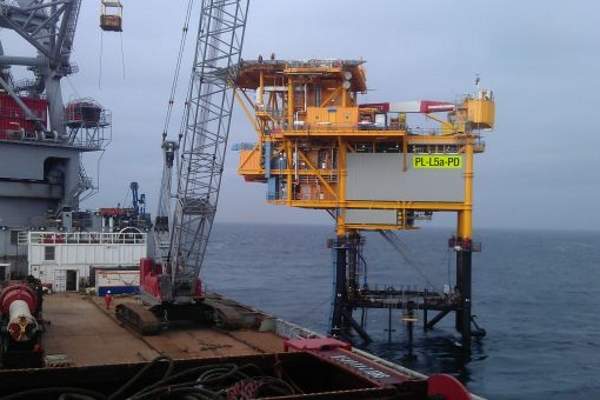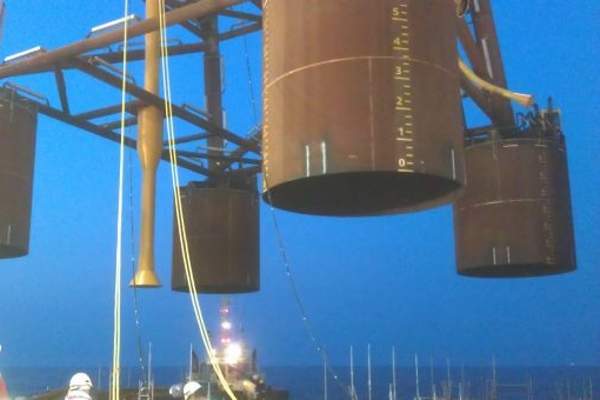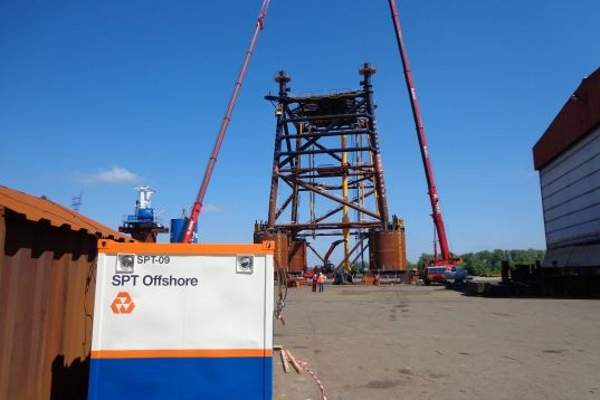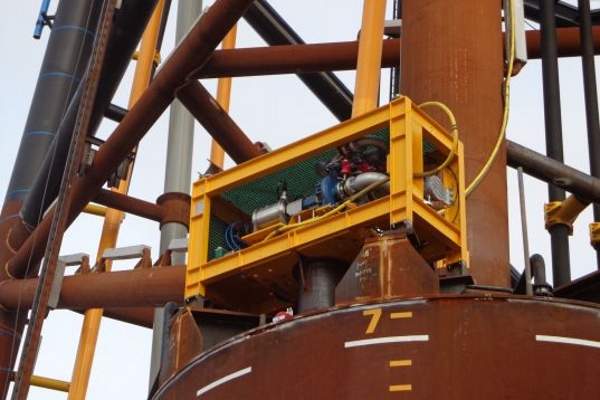
Amstel oil field, located in Block Q13a, approximately 12km off the coast of Scheveningen, is being developed with an investment of around €200m ($274.74m). The final investment decision (FID) on the field development was made in 2011.
Amstel field first produced oil in February 2014, and is expected to produce approximately 15,000 barrels of oil per day, during peak hours.
GDF SUEZ E&P Nederland, the operator of the field, holds a 50% stake in the project. Energie Beheer Nederland (EBN) and Abu Dhabi National Energy Company PJSC (TAQA) hold 40% and 10% stakes respectively in the project.
GDF SUEZ E&P Nederland acquired the licensing rights of the Block Q13a in 2010 from Sanleon Energy. EBN joined the project in 2008 on behalf of the Netherlands Government. TAQA purchased 10% interest in the field from EnCore Oil Nederland in September 2008, following which the two companies merged.
Amstel oil field discovery and reserves
The Amstel field was discovered in January 1962 by NAM (Nederlandse Aardolie Maatschappij) with the drilling of the Q13-1 well, which was formerly known as the Scheveningen-Zee 1 well. The field is located in the Dutch North Sea, at a water depth of 20m, and the oil is located in the early cretaceous reservoir which is also known as the Amstel Sandstone.
The field is estimated to contain recoverable reserves of about 15 million barrels of oil equivalent and has an estimated field life of ten years.
Hanze was Veba Oil’s (now Petro-Canada) first operatorship and the largest field to be developed in the Dutch North Sea.
Development of the Amstel oil field
A 3D seismic survey was performed across Block Q13 by NAM in 1993, which was further reprocessed using Pre-Stack Depth Migration in 2009. DHC interpreted the seismic data of Amstel and designed the field development plan in 2009.
GDF SUEZ drilled an exploration well at the field in 2011. The well was appraised in the first quarter of 2011 and the field development was officially started in 2012.
The development plan included the installation of an environmentally neutral platform and drilling of five production wells including four producers and one injection well.
The platform, installed in July 2013, is also known as Q13a-A production platform. It is the first oil platform installed by GDF SUEZ in the Netherlands.
Other infrastructure facilities including a 14.1km-long high-voltage electricity cable, pumps, valves and pipelines were also constructed as part of the project.
Details of the environmentally neutral Q13a-A production platform
The Q13a-A platform, weighing approximately 2,000t, is installed at a depth of 19m and is secured by suction anchors on the sea bed. The platform features electrically controlled submersible pumps driven into the production wells at a depth of two kilometres.
The grey-coloured platform is minimally visible from the shore of the Amstel River. A 14.1km-long cable supplies green energy to the platform from the onshore electricity grid operated by Stedin eliminating the need for a diesel generator. The cable was laid within an existing old Calvé-factory sewer-pipe passing through the seabed.
Processing at the Amstel oil field
A 25km-long pipeline transports the oil to the TAQA-operated P15 platform located north-west of the Q13a-A platform. The oil is treated by the oil and gas processing facilities of the P15 platform and transported to a refinery in the Port of Rotterdam through an existing pipeline, eliminating the need for offloading of oil into a tanker.
Contractors involved
Cofely Fabricom built and installed the platform for the project. The jacket and topside of the platform were installed in summer 2013 using the Oleg Strashnov vessel of Seaway Heavy Lifting.
Van Leeuwen supplied stainless steel and carbon steel valves for the platform. SPT Offshore installed the suction pile foundations for the platform using its SAPS-007 suction anchor pump system.
Stedin subcontracted Tideway to lay the cable for the transmission of electricity from onshore. Pompei, Tideway’s rock dumping vessel, was transformed into a cable lay vessel by KCI. It laid the 14.1km cable for the project. Twentsche Kabelfabriek delivered the high-voltage-electricity cable.











